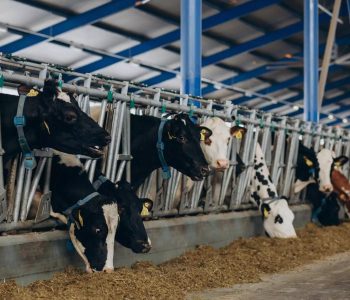Enhancing Milk Productivity and Quality: The Impact of Saccharomyces boulardii
Highly productive dairy cows are subjected to the inclusion of a large number of additives to enhance production, emphasizing or improving gastrointestinal tract conditions (Troncoso, 2015).
Similarly, the crucial factor in dairy farming is the production per kilogram of milk with an acceptable composition.
Numerous studies explore the favorable impacts of yeast culture on milk production, exemplified by research like that of Dann et al. (2000), and on the composition of milk from dairy cows and the ruminal environment (Kung, 2001). These studies show that incorporating live yeast into the feed enhances the health and productivity of ruminants.
In this regard, it is suggested that the utility of yeast cultures lies in manipulating ruminal fermentation and ruminant productivity (Corcionivoschi et al., 2010).
The majority of present probiotics are comprised of bacteria; nonetheless, using products derived from yeast is recommended.
While these are not commonly found in the gastrointestinal tract, they can thrive in this environment, particularly in the rumen. Their mechanism of action involves:
Among the main yeast species used as probiotics….
This article will be continued on a subsequent entry
You may also like to read: “Novel Approaches for Evaluating the Efficacy of Mycotoxin Adsorbents”
